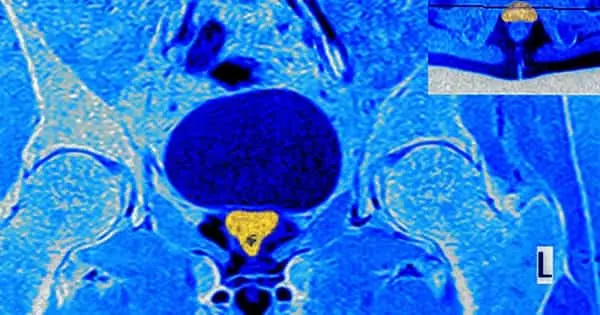Researchers have created an unrivaled, fully automated robotic screening system that allows them to test the effect of drugs and other chemicals on human sperm in real-time. The researchers are working to develop a male contraceptive that is both safe and effective.
Researchers at the University of Dundee have created an unrivaled, fully automated robotic screening system that allows them to test the effect of drugs and other chemicals on human sperm in real-time. The Dundee research team, led by Professor Chris Barratt and Dr. Paul Andrews, is looking for a safe and effective male contraceptive. The findings of their most recent study, which was funded by the Bill & Melinda Gates Foundation, have been published in the journal eLife.
One of the most important functions of sperm is to move to the site of fertilization, and this paper reports on the findings of a systematic search for drugs that inhibit sperm motility. The Dundee team screened one of the world’s largest collections of previously approved and clinically tested drugs, totaling approximately 13,000 drugs. The researchers gained access to the ReFRAME collection through a collaboration with Calibr, a division of the Scripps Research Institute, in order to accelerate the development of a safe and effective male contraceptive.
Contraception is an important area for research. This is a technological breakthrough for the area. It enables us to assess the effects of compounds on sperm function in large numbers for the first time.
Professor Chris Barratt
The study’s findings indicate that it is possible to find effective agents that stop sperm in its tracks, and further research will be conducted to determine whether any of these are suitable for long-term use in males.
“This is a technological breakthrough for the area,” said Chris Barratt, Professor of Reproductive Medicine in the School of Medicine. It enables us to assess the effects of compounds on sperm function in large numbers for the first time. Surprisingly, no effective, reversible, and widely available form of contraception for men has been developed since the condom, and as a result, the burden falls primarily on the female.
“Finding an effective male contraceptive would be a major step in addressing that inequality.”
There is an urgent need for new male contraception methods, but drug discovery efforts have been hampered for a variety of reasons. First, there is a lack of understanding of human sperm biology. Second, there has been a lack of studies that convincingly link a protein target in human sperm to the key functions that sperm must perform after leaving the male, and third, there has been a lack of an efficient system to screen the effects of the myriad chemicals and known drugs that are available.

To address these shortcomings, the Dundee researchers created a miniaturized parallel testing system run by a robot that employs a fast microscope and image-processing tools to precisely track the very fast movement of human sperm, allowing the effects of drugs to be accurately measured.
According to Dr. Paul Andrews, director of the National Phenotypic Screening Centre (NPSC) in Dundee, “The traditional method of testing drugs for contraceptive activity takes an inordinate amount of time. We have developed a disruptive technology platform that we hope will be a game-changer thanks to the hard work of the multi-disciplinary research team in Dundee.
“This new system speeds up the drug-hunting process by thousands of times. The automated system also employs a different method to investigate the effects of drugs on the acrosome reaction, which is a second critical aspect required for fertilization. This dual-platform now enables major drug discovery programs to address a critical gap in the contraceptive portfolio while also uncovering novel human sperm biology.
“We hope to avoid the need to second-guess which proteins are important for the cellular processes underlying sperm’s fertilization capacity by using live human sperm and examining their behavior, or phenotype, in the presence of drugs and other chemicals.”
Contraception is an important area for research because, according to the Guttmacher Institute, there are 89 million unintended pregnancies and 48 million abortions each year, forcing women into life choices that increase poverty and pose serious health risks. The creation of a male contraceptive drug directly addresses a critical gap in the contraceptive portfolio.
















